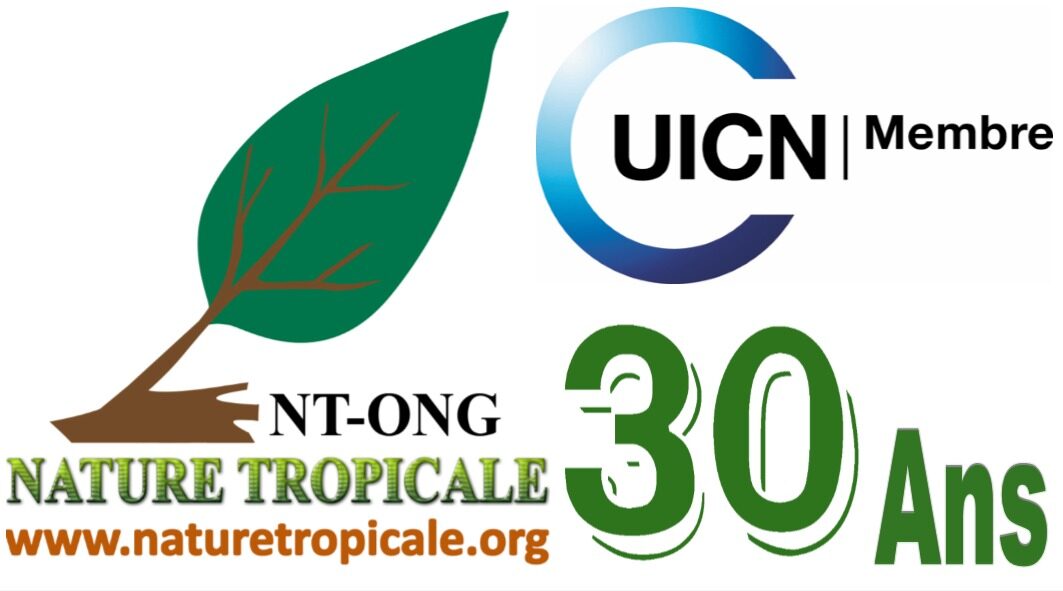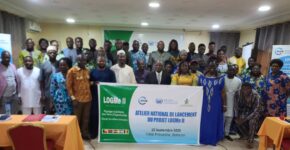[ad_1]
Editor’s Note: Get inspired by a weekly roundup on living well, made simple. Sign up for CNN’s Life, But Better newsletter for information and tools designed to improve your well-being.
CNN
—
There is something exciting about a walk with my dog down my street — even though everything we see and do along the way is entirely predictable.
I know we will wave hello to my retired neighbor tending his garden. We will pass teens at the basketball courts and younger kids on the playground. I know members of the church congregation are going to have their Saturday cookout. I know my dog Milo will start pulling when he sees the grocer at the end of the street and realizes a treat is coming any minute.
Predictable as they are, these environments and interactions that make up my neighborhood help make my community livable.
A livable community is one that is set up so that residents of any age can thrive, said Mike Watson, the director of livable communities at AARP. That way, a family can build a life with young children and then continue to feel invested in their community after retirement.
But those types of communities are not accessible to everyone everywhere, he added.
That is why the nonprofit Trust for America’s Health and the AARP are working with communities all over the United States. The goal is to make them more “safe and accessible and equitable to all racial ethnic groups and backgrounds,” said Karon Phillips, policy development manager at the trust.
Previous research has shown that social connections and community are key to a long life span and good health outcomes, while lack of social connections and unhappiness can reduce life expectancy. A livable community might be an important piece of living longer and better lives, Watson said.

What makes a place livable depends on the needs of that particular neighborhood, but there are some common factors.
The four basic pillars of health are nutrition, physical activity, sleep and behavior (meaning stress, coping, connection and support), according to Johns Hopkins Children’s Hospital. And many of the things needed in a livable community support those pillars.
It’s important that communities have various methods of transportation, Watson said. Safe roads are important, but so are navigable sidewalks and public transportation for residents who don’t drive.
Similarly, various forms of affordable housing help keep people living in the communities they love. In addition to single family homes, apartments and accessory dwelling units (an additional apartment or small home on the same lot as a single-family home) provide options for people with constraints or who need access to care from their loved ones, Phillips said.
Ways to access nutritious food and quality health care easily — with or without a car — also ensures that people can live well in their community, she added.
And another critical factor is how effectively a place promotes social connection, Phillips said. Are there parks that various generations can frequent? Are there community centers or libraries? Are faith communities available? Are there systems or a culture in place so that people check up on one another?
Many resources are primarily available online, so high-speed internet broadband is also a resource that makes a neighborhood more accessible, Watson said.
Though there may be retirement communities that aim to provide those needs to older residents, not everyone wants to leave their community when their needs change, he said.

“What I’ve heard from my patients and what we see in terms of people’s outcomes, the more that you can be integrated in the community where you live and work the better for your mood,” said Dr. Mirnova Ceïde, assistant professor of psychiatry and behavioral sciences at the Albert Einstein College of Medicine in Bronx, New York.
“People who are isolated or put into a different community, they can get really depressed,” she added.
Whatever stage of life you are in, investing in a community that works for everyone is always a good idea, Phillips said.
If all goes well, today’s 20-year-old will one day become a 60-year-old, so planning for a neighborhood that works long into the future benefits everyone, Watson said.
“Millennials are a larger generation and so are projected to live longer lives,” he added. “This country is aging.”
But younger generations don’t have to wait long to see the investment pay off, Watson said.
The same parks and libraries that bring social connection to older adults are also important resources for kids and young families, he said. A safe sidewalk and crosswalks are important for people using wheelchairs, people on crutches and families with strollers, too.

And everyone has a lot to gain from living with multiple generations, whether that is learning about iPads or the roots of a community, said Dr. Joyce Balls-Berry, an associate professor of neurology at the Washington University School of Medicine in St. Louis.
“There’s so much wealth that can be learned from our elders,” Balls-Berry said. “And there’s even things that our seniors are learning from the generations that would be considered their grandchildren and great grandchildren.”
Because many of the things that make communities livable rely on the built environment — such as parks, housing and grocery availability — much of the progress is going to have to come from local governments and organizations, Phillips said.
“Look at who needs to partner,” Phillips said. “There has to be a champion at the table that’s going to push for this.”
But that doesn’t mean there is nothing you as an individual can do to invest in making your community more livable today, Watson said.
In addition to pressing local government to make the changes you care about, you can do what other volunteer groups have had success doing: going around their neighborhoods and documenting parts that may be unsafe or inaccessible, he added.
Pictures of cracks in sidewalks or curbs that might not be clear to someone with vision impairment can motivate lawmakers to distribute funding at levels that meet the community’s needs, Watson said.
And the relationships you build in your community can make strides toward it being more livable, Ceïde said.
You don’t have to assume your older neighbors are unable to do things on their own and just offer them your help. Ask your neighbors about themselves and their stories to form real connections, Ceïde added.
“People like being able to engage with somebody at a human level, and letting them know that they are meaningful and they have something to provide can make a big difference in the quality of life of people,” she said.
[ad_2]
Source link










